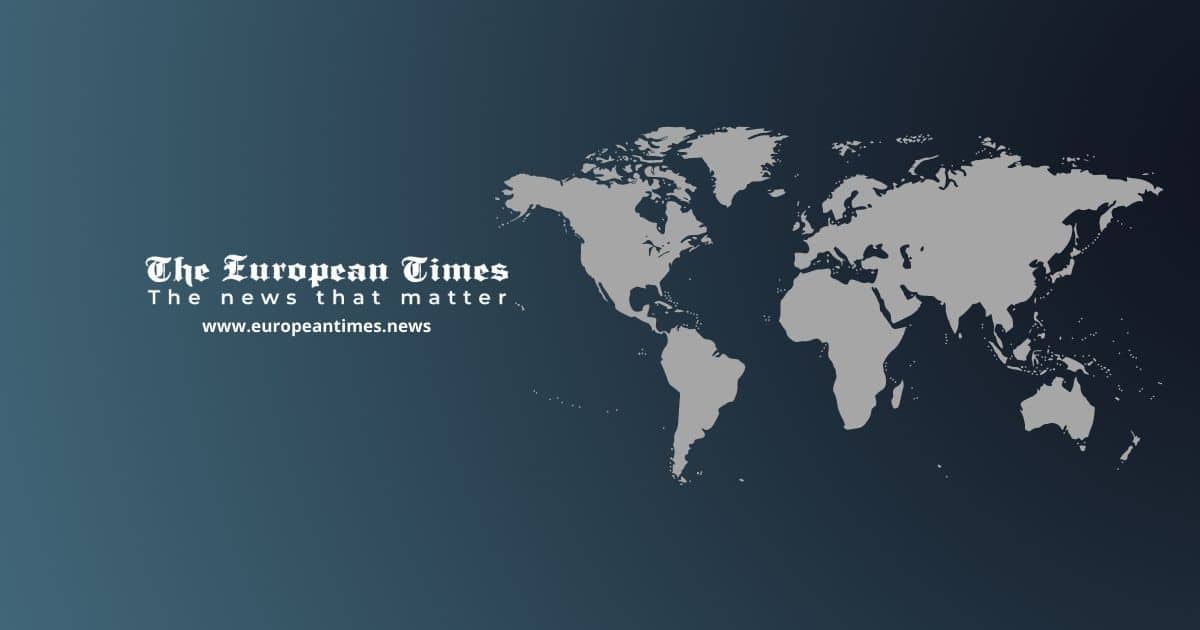Rehabilitation needed by every two out of three COVID-19 patients recovering from intensive care – The story of Samantha
The first thing you notice about Samantha, a Community National Health Service (NHS) Physiotherapist in Bournemouth in the United Kingdom of Great Britain and Northern Ireland, is her beaming smile, energy and passion for her work. Her outstanding professionalism and capabilities mean that it takes most people she meets a while to notice her disability. Four years ago, Samantha fell 50 m off the side of a mountain in Austria while sledding, sustaining a brain injury and multiple fractures to her spine. Months of rehabilitation were needed for her physical, cognitive and speech difficulties which earned her huge gains, but limitations with her right arm movements are permanent. She says, “I have adapted and deliver the same high standard of care anyone else could.”
Samantha delivers rehabilitation to individuals that experienced injury, surgery, illness, or a fall. Many of Samantha’s current patients are recovering from COVID-19. Data from the United Kingdom’s chartered Society of Physiotherapy shows that 62% of COVID-19 patients who were in intensive care will need rehabilitation once they return home. After the acute rehabilitation phase in hospital, rehabilitation may continue in long-term care or at home.
Rehabilitation is key to improving the functioning and quality of life of a person affected by COVID-19 while reducing potential long-term disability. WHO’s Regional Office for Europe has published “Support for Rehabilitation Self-Management after COVID-19 related illness” which advises on exercises and activities to empower and facilitate recovery after discharge from hospital, which Samantha says is an “extremely useful resource for the provision of rehabilitation services to people recovering from COVID-19”.
To ensure patient needs are met and the continuation of vital rehabilitation services in the community, infection prevention and control measures have been implemented. Samantha says, “Before entering a patient’s home, I clean my hands, then put on my apron, then my mask, eye protection, and finally my gloves. The use of each type of personal protective equipment is based on the risk of exposure to body fluids, which I conduct every time I see a patient. I’ve been vigorously washing my hands.”
As for many with disabilities, Samantha has found adhering to infection prevention and control measures difficult. “I couldn’t fit the medical mask myself as I can’t lift my arm to the back of my head to tie the knot needed to secure it in place. I had to ask for masks with elastic ties I can fit with just one hand. I also have to tie the aprons at the side rather than at the back as I can’t reach and it’s a struggle to put the gloves on. All of this takes time, so I have to allow myself more time in my planning.” Samantha finds the WHO issued COVID-19 guidance for those with disability useful to prevent and mitigate the risk of COVID-19 and elaborates, “It helps me as a rehabilitation professional with disability to do my job properly.”
Samantha describes an elderly patient suspected to have COVID-19 which she treated. “Burt is an elderly gentleman with dementia who was referred because he was finding it difficult to walk, felt like he had a lot of mucus in his lungs, and had a temperature. He was already having daily visits from his primary health doctor and carers were visiting him three times a day to help with personal care.” Burt did not want to go to hospital for treatment, so his family and the medical team jointly decided to care for him at home. Samantha provided a walker and advised his family on exercises Burt could follow to clear his chest secretions and maintain his mobility. She also facilitated the installation of a downstairs hospital bed and commode. Burt recovered, thanks to the efforts and services of the community team and his family.
“No one ever questions my ability to do my job because of my disability. Most people don’t even notice,” says Samantha. “Once I have explained what I’ve been through and overcome, they are usually in shock and awe. My patients trust and work so much harder with me because I’ve been through it myself. I love being a rehabilitation professional and having a positive impact on someone’s life.” Samantha’s passion to overcome challenges from disability isn’t just limited to her professional life. Samantha has found ways to ski, rock climb and swim. Her ultimate goal is to climb Mount Everest, the highest point in the world!















